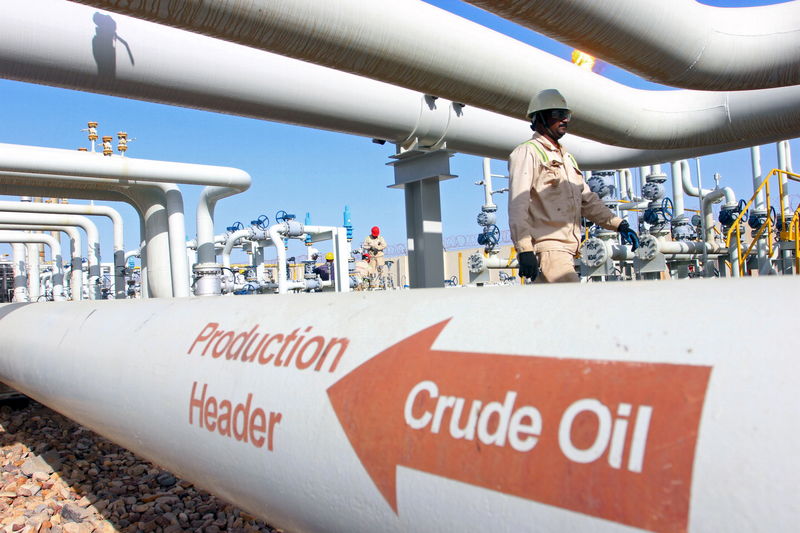(Bloomberg Opinion) -- The U.S. Energy Information Administration has published its first detailed monthly oil forecast for 2020 and it shows something that should strike fear into the hearts of OPEC ministers — from the fourth quarter, America will export more oil than it imports.
This won’t make the U.S. independent of the global supply chain. It doesn’t mean that it will stop shipping in crude from the Middle East and Latin America, or bringing refined products from Europe and Asia. But it does show that the transformation of the country’s oil sector through the extraction of crude held in shale rocks is not yet over. Some of the thanks should go the OPEC ministers who have helped make it possible.
The transformation is profound and will mean that members of the OPEC+ group are likely to have to keep restricting their own output for much longer than they are currently planning if they are to avoid global inventories soaring again.
By December 2020, the EIA forecasts that America will be exporting 1.2 million barrels a day more crude and products than it will be importing. Just a decade earlier it was buying in 9.4 million more than it was selling overseas. That is a shift in net flows of more than a million barrels a day each year for a decade.
The U.S. was briefly a net exporter in November, when crude and products exports outstripped imports for a solitary week. That may be repeated intermittently over the course of 2019, but toward the end of next year it is likely to become the norm, rather than a rarity.
America’s march towards this new status was slowed to a virtual halt by the collapse in oil prices in 2014 and only resumed in 2017, after the U.S. shale oil industry had slashed costs and OPEC output cuts began to lift prices to a level at which their operations became profitable again.
Soaring U.S. production, driven by the extraction of oil from shale, has transformed the country’s prospects. Two years ago, when the EIA first started publishing its detailed forecast for 2018, it saw U.S. output ending the year at 9.44 million barrels a day. It now sees last month’s figures at a staggering 11.8 million.
Its most recent forecast shows the growth trend slowing for much of 2019, before picking up again in 2020, following the expected start-up of new pipelines to carry oil from the Permian Basin to the Gulf coast in the second half of this year. A similar pause in growth was forecast for the summer of 2018, but it didn’t materialize. The EIA has consistently underestimated the U.S. production rate, and could do so again.
More U.S. output would boost sales abroad (either of crude or of refined products, if that additional oil is processed in domestic refineries). Not only would America’s net export position by the end of 2020 widen, but the date at which it becomes a net seller to the rest of the world would also be brought forward.
The U.S. is already by far the world’s biggest consumer of oil, using roughly one in every five barrels produced worldwide. If the EIA’s forecast is correct, it will soon be one of the biggest net exporters. Outside of the OPEC group of countries, there only five who achieve more than a million barrels a day — Russia, Canada, Norway, Kazakhstan and Qatar.
This won’t make the U.S. energy independent, though. The country will still be a net importer of crude to feed its massive refining industry. It will continue to need the heavy, high sulfur oil produced in the Middle East, Canada and around the Caribbean to get the best from the refineries its companies have built along the Gulf coast. And, more than ever, it will need the overseas markets for the growing volume of excess products those plants will produce.
For the OPEC+ countries, the growth in U.S. exports will compete directly with their own sales and could force them to extend their output restraint yet again. Their original deal to cut output to rebalance supply and demand was supposed to have done its job by the middle of 2017. It is now set to run to the middle of 2019 and there is already talk of extending it further.
What thanks will OPEC get for its help? Only angry tweets from the U.S. president and the threat of litigation under proposed NOPEC legislation.
